Synopsis: This article details how a Goa-based travel company leveraged Pay Per Click advertising to successfully boost sales of Thailand tour packages, highlighting the power of targeted campaigns to attract the right customers and achieve specific business goals.
The travel and tourism industry is one of the most competitive spaces online. Customers are flooded with countless travel offers, flight deals, and package discounts every day. In this digital-first era, relying only on word-of-mouth or traditional ads isn’t enough to attract customers.
That’s where pay per click advertising (PPC) comes into play. PPC allows businesses to reach highly targeted customers at the exact moment they are searching for a product or service.
In this blog, I’ll share how I helped The Traveler’s Ink, a Goa-based tour and travel company, generate massive leads for Thailand tour packages in 2021 using Google Ads and a strategic focus on pay per click advertising.

About the Client – The Traveler’s Ink
The Traveler’s Ink is a Goa, India-based travel agency specializing in international tour packages. Their services include:
- Thailand, Bali, and Singapore holiday packages
- Customized honeymoon trips
- Corporate travel solutions
- Air ticketing and hotel bookings
When I partnered with The Traveler’s Ink in 2021, they were struggling to get consistent leads for their Thailand tour packages, one of their best-selling products. They had an attractive offering but lacked the right digital marketing approach to reach a broader audience.
The Challenge: pay per click advertising
- Low Online Visibility – Despite having competitive packages, their website was barely ranking on Google for relevant travel keywords.
- High Competition – Travel giants like MakeMyTrip, Yatra, and Expedia dominated search results, making it hard for smaller agencies to compete organically.
- Seasonal Demand – Travel demand fluctuated, and The Traveler’s Ink needed a steady pipeline of leads to survive year-round.
- Ineffective Past Ads – Their previous attempts at running Facebook Ads didn’t bring qualified leads. Most clicks came from casual browsers rather than serious travelers.
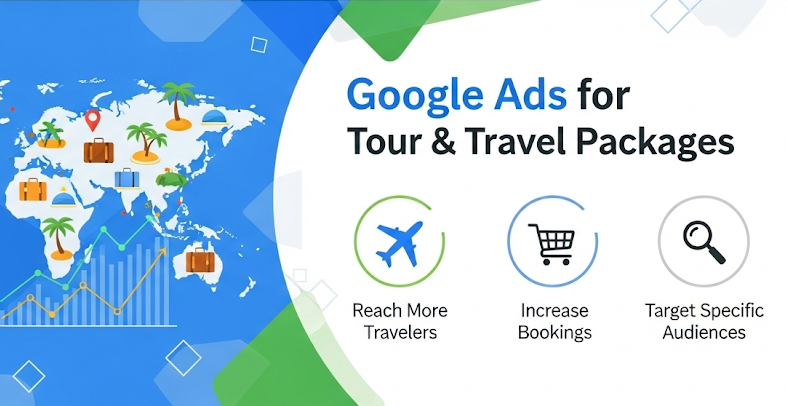
The Solution – Pay Per Click Advertising
To overcome these challenges, I built a targeted PPC strategy with Google Ads, focusing on Search Ads, Display Ads, and Google Call Ads.
1. Keyword Research & Targeting
The first step was identifying high-intent keywords related to Thailand travel. Instead of broad terms like “holiday deals,” I focused on commercial keywords like:
- “Thailand tour packages from Goa”
- “Cheap Thailand honeymoon packages India”
- “Thailand trip cost from Goa”
- “Thailand holiday deals 2021”
- “Best Thailand travel agency Goa”
These keywords showed that users weren’t just browsing but were actively looking to book a trip.
2. Geo-Targeting
Since The Traveler’s Ink was based in Goa, I targeted:
- Travelers in Goa and nearby cities
- Tourists searching for packages in India but open to flying from Goa Airport (GOI)
- NRI (Non-Resident Indians) searching for Thailand packages from India
This ensured the budget was spent only on relevant audiences.
3. Ad Copy & Landing Page Optimization
The ads highlighted unique selling points (USPs) of The Traveler’s Ink, such as:
- Affordable Thailand packages starting at ₹29,999
- Flight + Hotel + Transfers included
- 24/7 customer support from local Goa agents
I also optimized landing pages to have:
- Clear package details
- Easy inquiry forms
- Prominent “Call Now for Booking” CTAs
4. pay per click advertising – The Game Changer
The most powerful element of this campaign was pay per click advertising. Instead of driving users to the website, these ads directly encouraged people to call the agency.
Why was this effective?
- Travel is a trust-driven business – customers want to talk to a real agent before booking.
- Calls eliminate unnecessary steps – no form fills or waiting for email replies.
- Travelers could get instant quotes and clarifications, boosting conversions.
I structured the ads with:
- Click-to-call headlines like “Book Thailand Tour – Call Now for Best Deals”
- Ad scheduling during office hours to ensure no missed calls
- Call tracking to measure ROI
5. Budget Allocation
I divided the ad spend strategically:
- 50% on Google Call Ads
- 30% on pay per click advertising targeting high-intent keywords
- 20% on Display Ads for remarketing
The Results : pay per click advertising
The results were impressive within just a few months:
- 📞 70% of total leads came from Google Call Ads
- 📈 Over 500 qualified inquiries for Thailand packages in 3 months
- 💰 Cost per lead reduced by 40% compared to previous campaigns
- 🌍 Expanded customer base from Goa to neighboring states like Karnataka and Maharashtra
The Traveler’s Ink successfully booked multiple Thailand group tours and private packages, making 2021 one of their best years in sales despite the post-pandemic travel recovery challenges.
Why Pay Per Click Advertising Works for Travel Agencies
- Immediate Visibility – Appear at the top of Google instantly, unlike slow SEO results.
- Highly Targeted – Reach customers searching for specific destinations.
- Budget Control – Pay only when someone clicks on your ad.
- Trackable Results – Every call, click, and conversion can be measured.
- Flexibility – Scale up campaigns during travel seasons and pause during low-demand periods.
Also Read:
How AdWords Helped a New Jersey Packers & Movers Company Generate Massive Leads
FAQs
Q1. How much does pay per click advertising cost for travel agencies in India?
On average, travel-related clicks in India cost between ₹20–₹80 per click, depending on competition and destination.
Q2. Are Google Call Ads better than regular search ads for travel businesses?
Yes. Travel is a consultation-heavy service, and customers prefer speaking directly to agents. Call Ads usually have a higher conversion rate.
Q3. Can small travel agencies compete with big players like MakeMyTrip using PPC?
Absolutely. By targeting local keywords and focusing on specific destinations, smaller agencies can compete effectively without massive budgets.
Q4. How long does it take to see results from pay per click advertising?
Results are often visible within 2–4 weeks, though better optimization comes with consistent campaigns over 2–3 months.
Q5. Can PPC be combined with social media ads for travel marketing?
Yes. Many agencies use a mix of Google Ads for high-intent leads and Facebook/Instagram Ads for brand awareness.
Final Thoughts : pay per click advertising
For travel agencies, especially those offering international tour packages, pay per click advertising is a proven way to generate leads and boost sales.
The future of tour and travel agency success is undeniably intertwined with a strategic and forward-thinking approach to Google Ads. While the core principle of paid search remains the same—paying to appear at the top of search results—the tactics and technologies have evolved dramatically. For travel agencies, Google Ads is no longer just a quick way to get clicks; it’s a powerful, data-driven engine for building a sustainable business.
The landscape is shifting towards AI, automation, and a deep understanding of the customer journey, making it a critical time for travel agencies to master these tools.
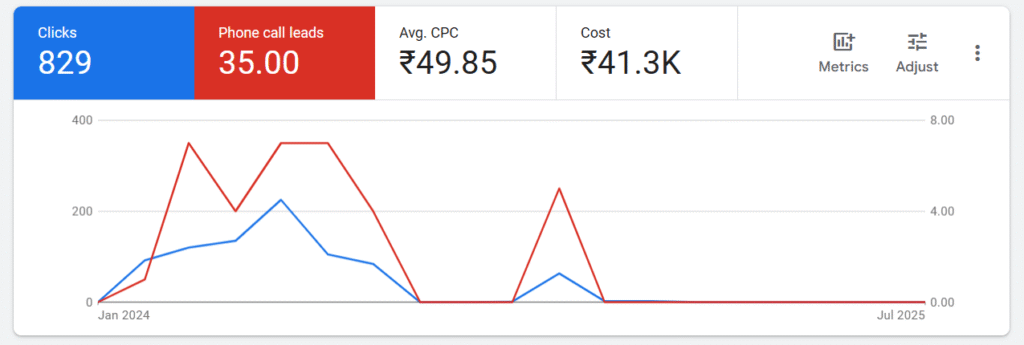
The Power of pay per click advertising for Tour and Travel Agencies
In a highly competitive market, pay per click advertising provides tour and travel agencies with an unparalleled advantage: immediate visibility. Unlike Search Engine Optimization (SEO), which can take months to produce results, a well-structured Google Ads campaign can place your services in front of potential customers at the exact moment they are searching for them.
This platform’s power lies in its ability to target users with high commercial intent. When someone searches for “best tours in Bali” or “honeymoon packages to Maldives,” they are actively planning a trip and are close to a booking decision. By appearing in these moments, you bypass the “discovery” phase and connect directly with a qualified lead.
Google Ads also offers:
- Measurable ROI: Every dollar spent can be tracked, allowing you to see which campaigns, keywords, and ads are generating the most bookings. This data-driven approach allows for continuous optimization and a high return on investment.
- Brand Awareness: Even if a user doesn’t click on your ad, seeing your agency’s name at the top of the search results builds brand recognition and credibility. Over time, this makes you a familiar and trusted option.
- Market Share: It allows smaller agencies to compete directly with larger, more established companies. By bidding on highly specific keywords, you can capture niche markets that major travel sites might overlook.
Targeting the Right Keywords for Success
The foundation of any successful pay per click advertising is keyword targeting. For travel agencies, this is a nuanced process that goes beyond generic terms. The goal is to match your ad with the user’s intent.
Types of Keywords: pay per click advertising
- Broad Keywords: These are general terms like “travel” or “vacations.” While they have high search volume, they are often less likely to convert as the user’s intent isn’t specific. They are best used for building brand awareness.
- Phrase Match Keywords: These include a specific phrase but allow for slight variations. An example would be “family vacation packages.” This is more targeted than a broad match and can bring in quality leads.
- Exact Match Keywords: These are highly specific terms that a user types in with a clear intent, such as “7-day tour of Rome.” These keywords have a lower search volume but a significantly higher conversion rate. They are the bread and butter of a profitable campaign.
The Future of Keyword Strategy
The future of keyword targeting lies in understanding user intent beyond the typed word. With the rise of AI-driven search and voice assistants, travelers are asking more conversational questions like “What are the best places to visit in Japan in October?” Your keyword strategy must evolve to include these long-tail, conversational queries to capture these high-value searches.
Furthermore, integrating negative keywords is crucial. These are terms you explicitly tell Google not to show your ads for. For example, if you sell luxury tours, you’d add “cheap,” “free,” or “budget” as negative keywords to avoid wasting ad spend on irrelevant clicks.
The Power of Remarketing: Turning “Maybe” into “Booked”
A user’s journey to booking a trip is rarely linear. They might visit your site, browse a few tour packages, and then leave to compare prices or consult with family. This is where remarketing ads become the most powerful tool in your arsenal.
Remarketing (or retargeting) allows you to show targeted ads to people who have already visited your website. It’s like a gentle, persistent reminder that keeps your agency top-of-mind during a long consideration process.
How Remarketing Works for Travel Agencies: pay per click advertising
- Audience Segmentation: You can create different audience lists based on user behavior. For example: pay per click advertising
- Visitors who left without a booking: Remind them of the tours they viewed with a special offer or a limited-time discount.
- Users who abandoned their booking cart: Target them with a direct message like “Don’t miss out on your dream vacation! Complete your booking now.”
- Past customers: Show them new destinations or exclusive loyalty offers to encourage repeat business.
- Dynamic Creative: Google Ads allows for dynamic remarketing, which automatically creates personalized ads. If a user viewed your “Northern Lights Tour,” the dynamic ad they see will feature the same tour with a captivating image and a strong call-to-action, increasing the relevance and likelihood of a click.
- Long-Term Nurturing: Unlike other industries, the travel buying cycle can be very long. Remarketing ensures you stay connected with potential clients for weeks or even months as they finalize their plans, building trust and familiarity.
The data shows that remarketing campaigns often have a significantly higher Return on Ad Spend (ROAS) compared to standard search campaigns because you are targeting a “warm” audience that has already shown interest.
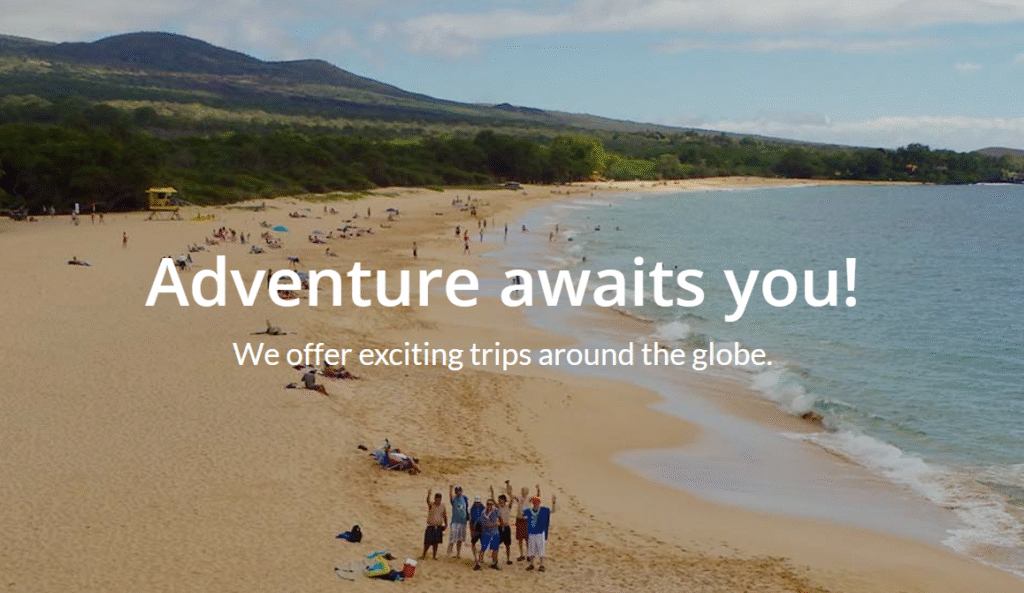
Stop Wasting Money: The 5 Mistakes Killing Your Google Call Ads for Travel
1. Targeting Too Broadly Generic keywords like “travel deals” attract researchers, not ready-to-book customers. For your pay-per-click (PPC) ads, focus on high-intent phrases like “last-minute flights to Bali” to get calls from people ready to act. Also, use negative keywords to filter out irrelevant searches and save your budget.
2. Writing Unappealing Ad Copy If your ad doesn’t stand out, it won’t get a call. Your Quality Score suffers with weak, generic text. Highlight your unique selling points in a compelling headline, such as “Customized Tours” or “24/7 Expert Support,” to give users a clear reason to call you specifically.
3. Ignoring Ad & Device Settings Are your ads running at 3 AM when no one is there to answer? A major mistake is not scheduling call ads to run during business hours. Optimize your campaigns for mobile devices, as most travel searches and calls happen on a smartphone.
4. No Conversion Tracking You can’t fix what you can’t measure. Many agencies fail to track which ads or keywords are actually generating calls. Without conversion data, you’re guessing what works. Use Google Ads’ call tracking feature to understand your return on investment (ROI) and optimize your campaigns effectively.
5. Slow Website and Poor User Experience Even if a user sees your ad, they might abandon the call if your mobile site is slow or hard to navigate. A confusing or sluggish site creates a poor first impression and can cause them to hang up before even dialing. Ensure your website is fast and mobile-friendly to support your ad efforts.
All these common mistakes in Google Call Ads boil down to one central idea: a lack of focus on the customer’s journey and intent. It’s not just about getting a click; it’s about making it as effortless as possible for a potential traveler to get in touch with you. By moving beyond a “set it and forget it” mentality and actively optimizing your campaigns based on user intent, ad relevance, and technical setup, you can transform your pay-per-click advertising from a frustrating expense into a powerful, reliable source of qualified leads for your tour and travel agency.
The Future: AI, Automation, and Hyper-Personalization
The future of Google Ads for travel agencies is not about manual tinkering but about leveraging pay per click advertising for unparalleled efficiency.
- Smart Bidding: Instead of manually setting bids, AI-powered bidding strategies like Target ROAS (Return on Ad Spend) and Maximize Conversions use machine learning to predict which clicks are most likely to convert and adjust bids in real-time. This ensures every ad dollar is spent on the most promising opportunities.
- Performance Max Campaigns: This is a fully automated, AI-driven campaign type that combines all of Google’s inventory (Search, Display, YouTube, Gmail, Maps) to find converting customers wherever they are. While it offers less manual control, it’s designed to maximize performance by identifying new segments and audiences you may not have considered.
- First-Party Data: As privacy laws evolve, the reliance on third-party cookies is decreasing. The future of travel marketing lies in a travel agency’s ability to collect and use its own first-party data (e.g., email lists, customer behavior on the website) to create highly personalized and effective ad campaigns.
The future of Google Ads for tour and travel agencies is one of intelligent growth. Agencies that embrace advanced keyword strategies, master the art of remarketing, and leverage the power of Google’s AI will not only survive but thrive in the increasingly complex digital landscape.
By leveraging the right mix of search ads, location targeting, and pay per click advertising, The Traveler’s Ink was able to grow its customer base, book more Thailand packages, and compete effectively against larger agencies.
If you’re a travel company looking to scale your business, pay per click advertising can deliver instant visibility, qualified leads, and measurable ROI.





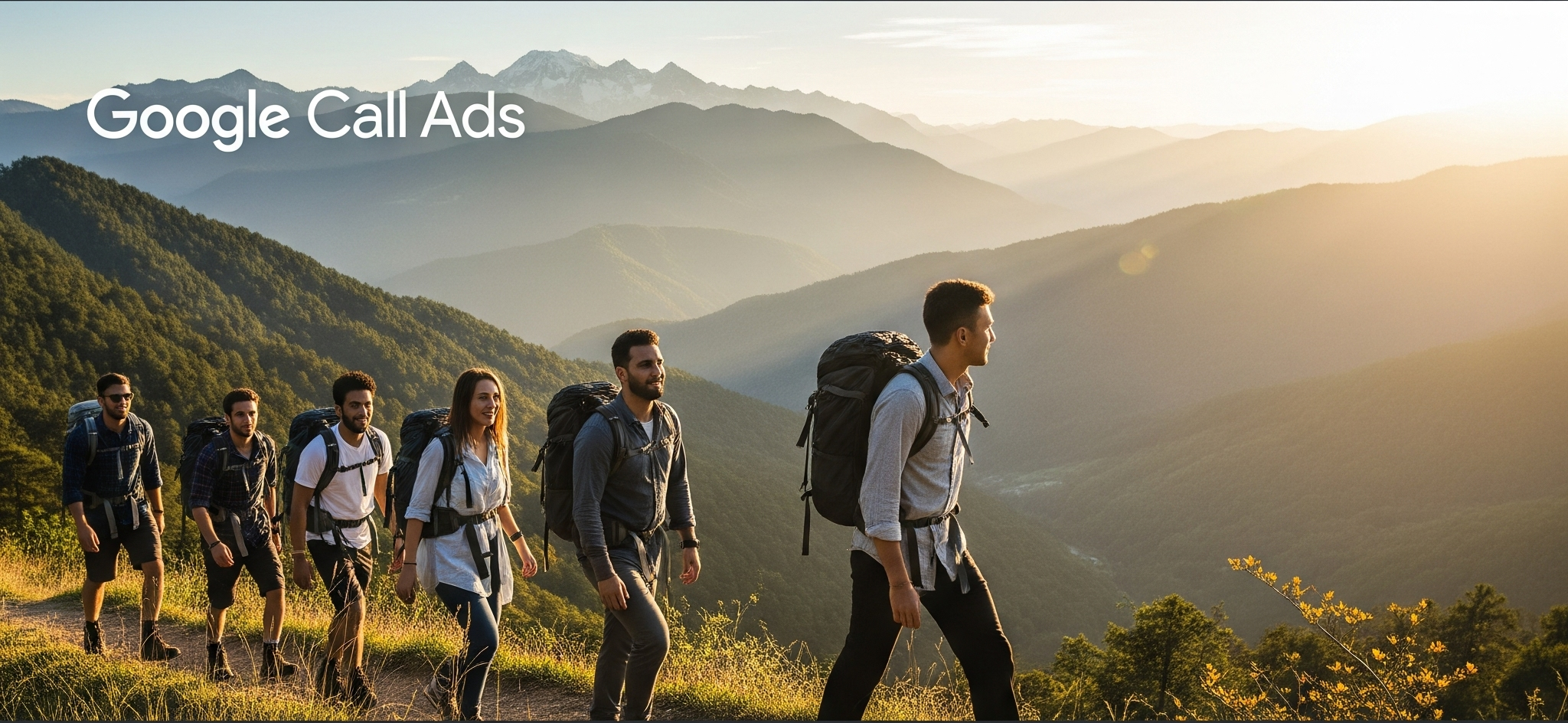


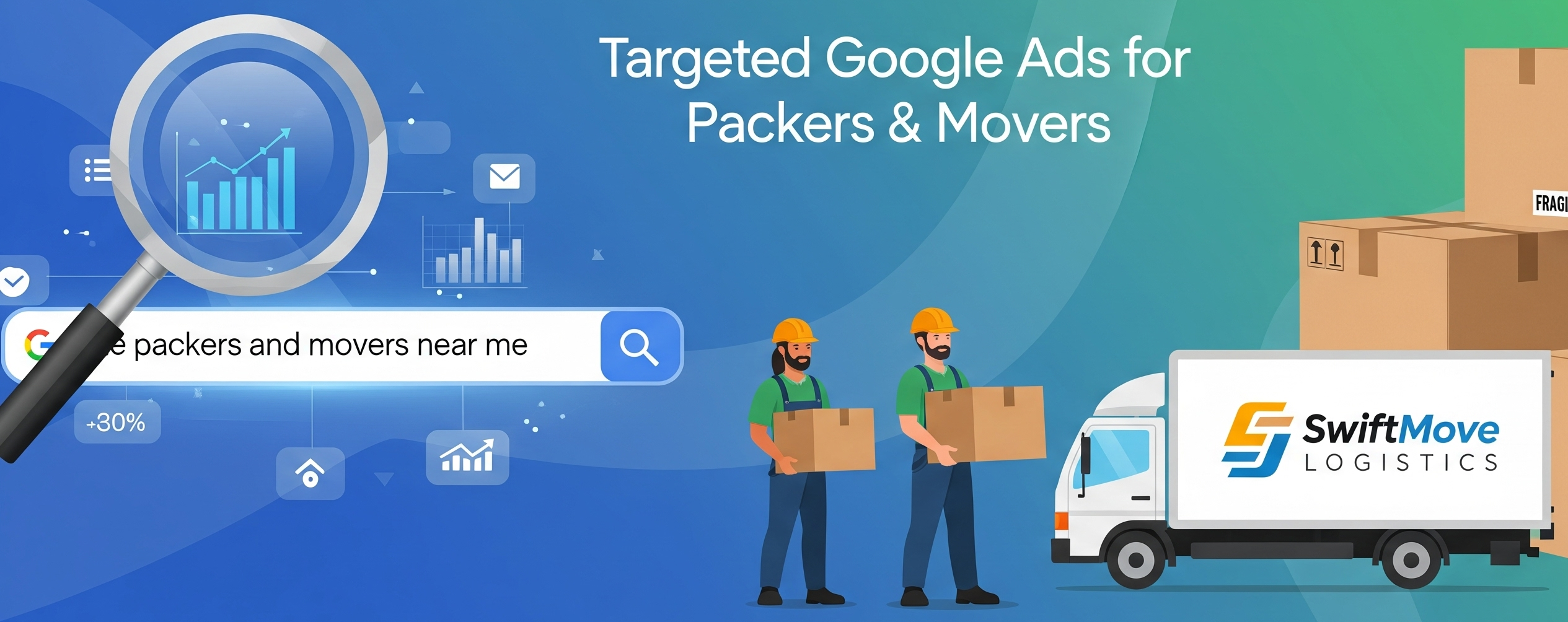

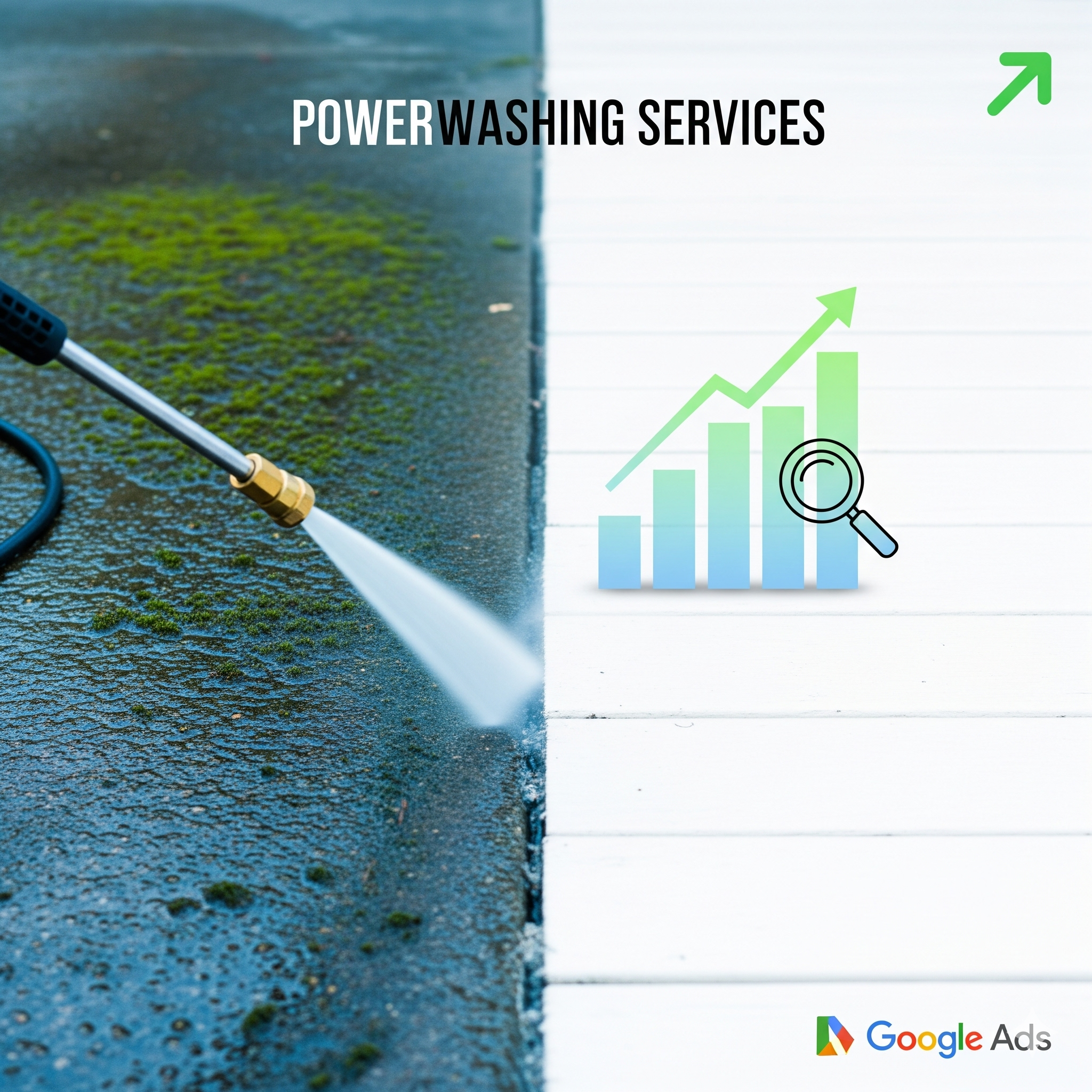
Leave a Reply